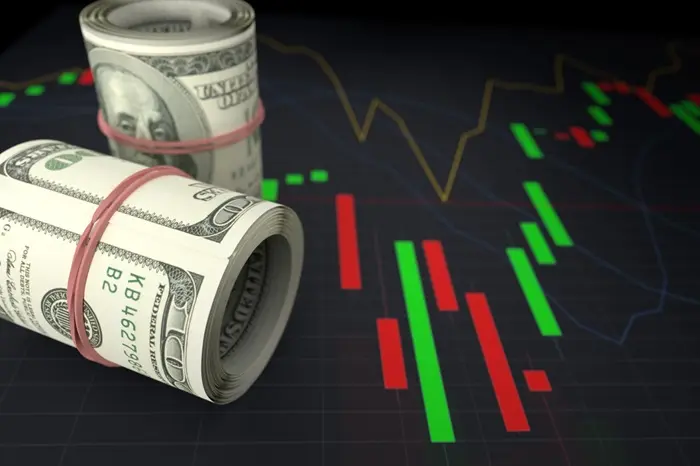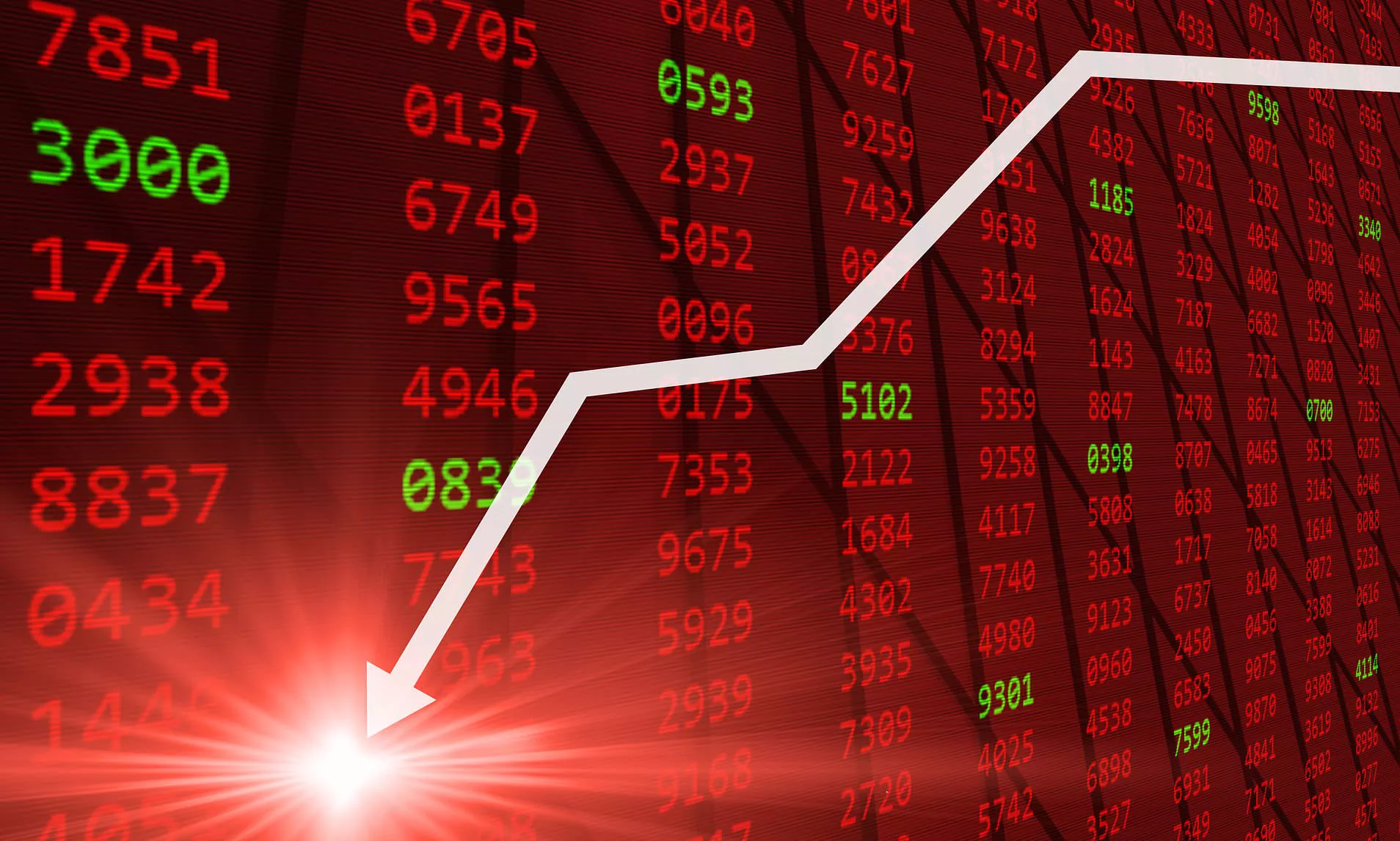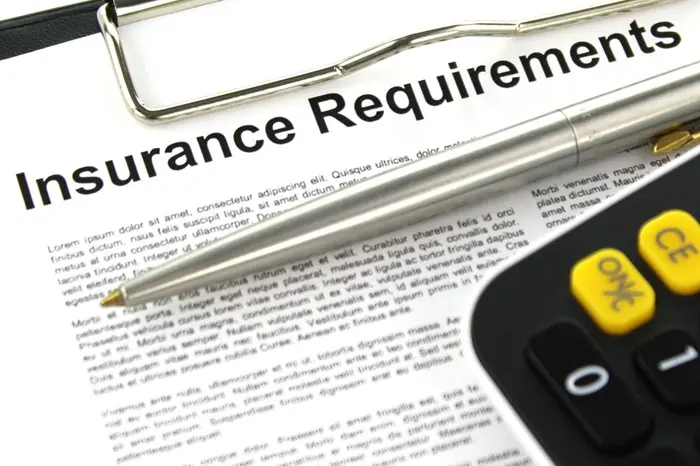The problem with any financial shock is not the point of impact but the blast radius.
The 2008 crisis began with the subprime mortgage crisis, but the miracle of securitization spread it everywhere. The dot-com bust had a fairly limited impact. Thailand unpegged its currency in 1997, setting off the Asian financial crisis. Switzerland did the same in 2015, a farce that lasted only a few days.
President Donald Trump’s tariff shock has spread from stocks to bonds. The question now is whether it will last.
A major worry is private credit, a catch-all term for loans made by investment firms rather than banks. These firms hold $1 trillion more in loans than they did in 2016, and lent a lot of money during the bubble years of 2021 and 2022.
The pessimistic argument is obvious but superficial: Private credit is large, untested, and opaque. Whenever $1 trillion pours into a novel idea during a boom, it spells trouble. The investment funds’ attempts to raise retail money are particularly noteworthy. (See: Barry Sternlicht’s asset-bleeding real estate trusts.)
But the argument against a looming crisis seems to me more compelling—at least for now. These funds rely less on borrowing than banks do: For every dollar they lend, they have about $1 in liabilities, compared with $10 today and $25 or more before 2008. They also lend to companies that are better able to withstand a downturn or tariffs, such as software and health-care providers.
Unlike banks, most private-credit funds are locked up for years. They raise multi-year funds, and many also sell long-term bonds. Silicon Valley Bank, by contrast, borrowed from depositors overnight and bought 30-year Treasury bonds. Just before SVB failed, about 80% of its loan securities were not expected to be repaid for more than 10 years, and 40% of its funds could be withdrawn at any time.
Some private loans can go bad (some already have), but these are called credit losses, not financial crises.





























